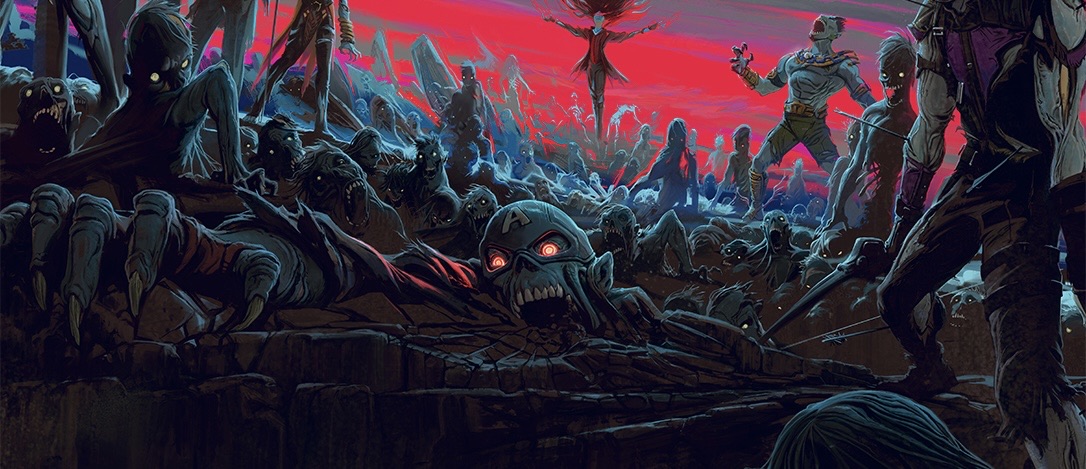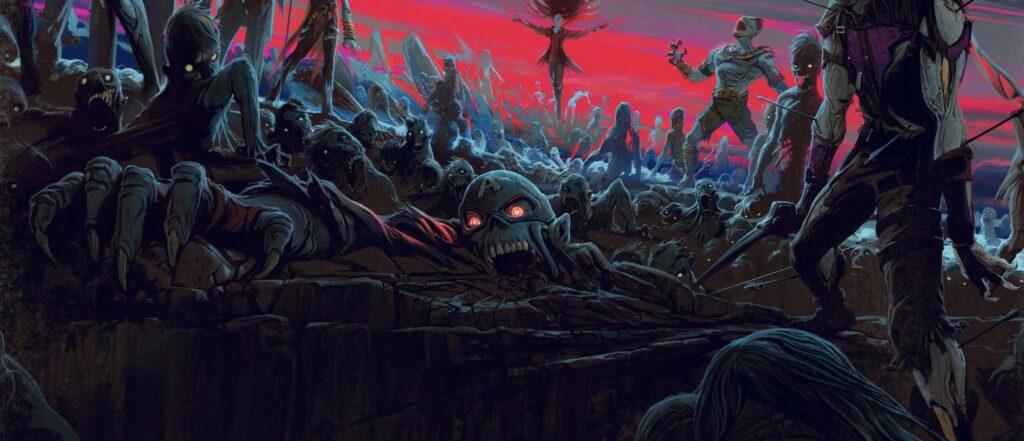From ancient temples to neon-lit stages, the occult has never really disappeared — it just learned how to blend in. What was once whispered in secret is now everywhere: on album covers, tattoos, TikToks, and fashion lines. The symbols that used to make priests panic are now printed on T-shirts in the mall.
But beneath the shock value, there’s something older — something spiritual. Bands like Ghost, Mercyful Fate, and Black Sabbath didn’t just use Satanic imagery for rebellion. They tapped into humanity’s oldest fascination: power through forbidden knowledge. Whether it’s pentagrams, summoning circles, or chants in Latin, it’s not always about worshipping evil — sometimes it’s about taking control of your own darkness.
The Cross, The Circle, and the Fear of Power
To Wiccans and modern pagans, ritual isn’t about summoning demons; it’s about balance, energy, and connection to the natural world. But the mainstream has always blurred that line. For decades, religious groups called anything “occult” Satanic — painting every tarot card and crystal shop as a gateway to Hell.
Ironically, that fear only made it cooler. The more churches condemned it, the more it became a symbol of personal freedom — a glowing symbol of rebellion against control.
Even now, religious extremists still fear what they don’t understand. The pentagram, the crescent moon, the serpent — all turned into villains in a story written by those who couldn’t control them. But in truth, the occult has always been a language for outsiders — artists, seekers, rebels, and anyone who refused to fit into a narrow definition of “holy.”

Las Brujas — The Witches Who Never Bowed
Long before “witch” became an aesthetic, the brujas of Latin America were already walking between worlds. To some, they were healers — using herbs, prayers, and ancestral magic to cure the sick. To others, they were dangerous, women who refused to obey the church or men.
The Spanish Inquisition labeled them servants of the devil, but their real crime was independence.
In Mexico, the Caribbean, and South America, brujería became a spiritual fusion — blending Catholicism, Indigenous tradition, and African magic. A crucifix beside a candle, a rosary tied around an offering bowl. It’s not just witchcraft — its survival disguised as faith.
And now? The bruja has been reborn. Modern Latin women wear the title proudly — La Bruja Feminista, refers to a political and cultural identity, particularly among Latinx women, that reclaims the figure of the witch as a symbol of resistance against patriarchy, colonialism, and social oppression
The world feared witches because they represented freedom. And freedom — especially female freedom — has always been the scariest kind of power.
Rituals in the Age of Aesthetics
Today, the occult has become a language for rebellion and identity. From horror films like The Witch and Hereditary to modern musicians who blend mysticism with sound, the old gods are back — wearing leather jackets and holding microphones.
Even online, people create digital altars, post spell jars on Pinterest, and talk about moon phases on TikTok. It’s all part of the same story — we’re still trying to understand ourselves through myth, ritual, and fear.
The pentagram never really fades away. It’s more than a symbol of evil; it’s a reminder that truth, power, and beauty often live in the places we’re told not to look.


Leave a Reply